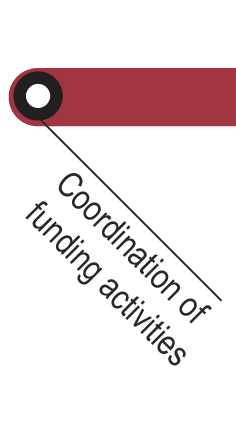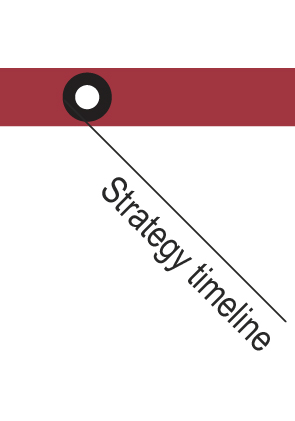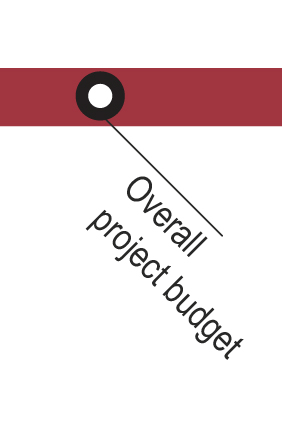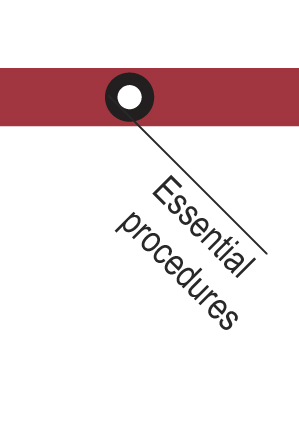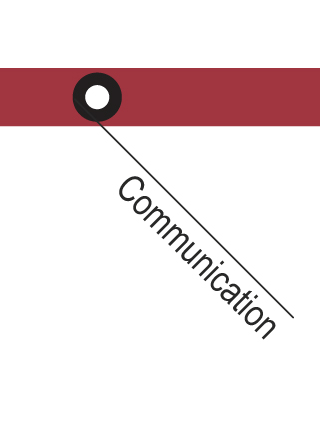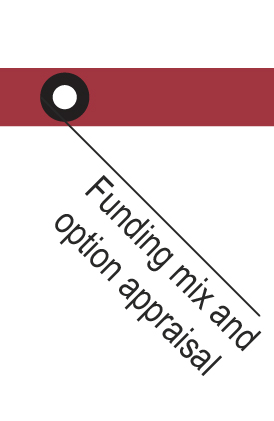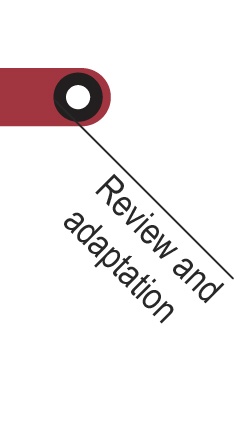DEFINING THE STRATEGY TIMELINE helps to gain a clear understanding about the sequence of your overall plan and its projects to inform the scanning process of potential funding opportunities.
The task represents an interface between the design of your overall plan and the timing of the search for funding for its projects.
The task involves the development of a clear understanding of the sequencing and timing of the planned projects. It is an important bridge connecting planning with project design to inform the Funding Team when funding will be needed to operationalise the projects.
A timeline visualises the sequencing and prioritisation of projects and identifies their interconnectedness. The timeline will inform the Funding Team which funds might be able to be accessed and what mix of potential funding might be feasible considering the timing of calls for proposals.

A further aim of the task is to realise that the timeline will be a 'live' tool in need of frequent adjustment. This is necessary as the funding environment constantly changes.
In order to build your timeline, we propose you to use a Multiple Cause and timing diagram.
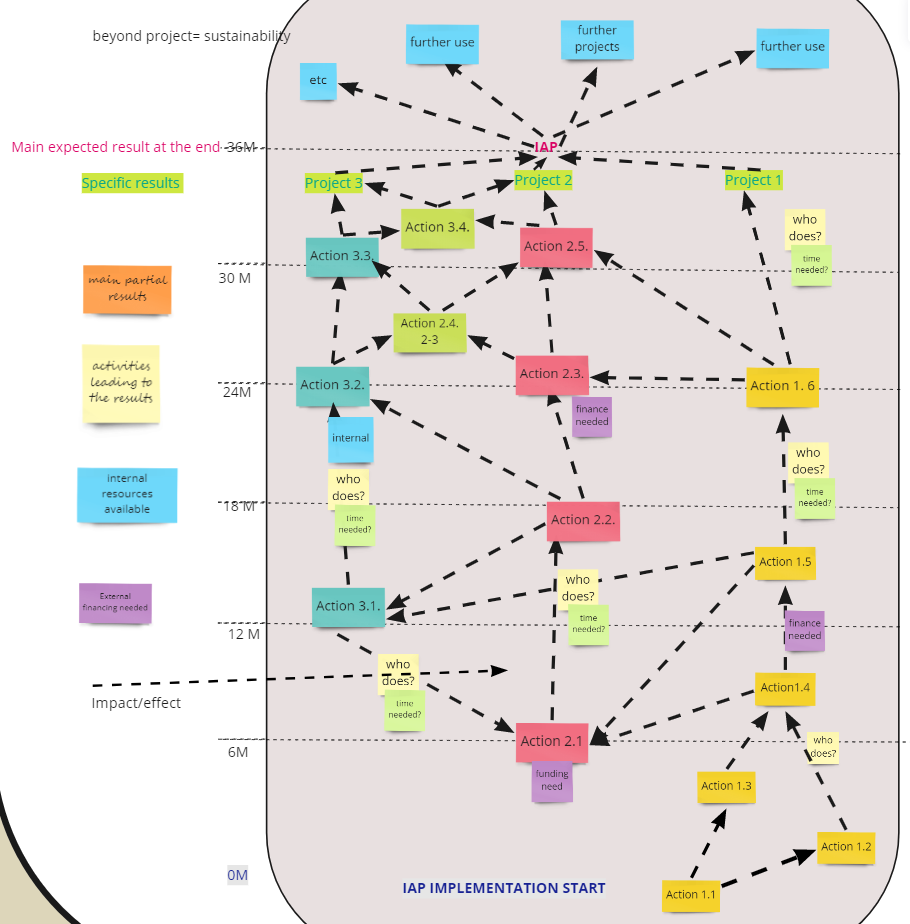
| Who is this tool for ? | When should the tool be used? |
Project managers Funding Coordination Officer/Team Project development officers | When your overall plan and its different activities or projects are identified, and when the Funding team intends to start with the timing of its sourcing and funding activities. |
Click on the stations to navigate throught the Strategy line!
Key challenges of the step
- Identifying a logically built sequence of your projects, with a clear definition of the interconnections between the different projects, sub-projects, or activities which might have an impact on when funding is needed for them.
- Estimating the approximate time needed for the implementation of each project, including the assessment of potential risks and events that might intervene and change their timeline.
- The more complex the anticipated funding mix of a project is (i.e. multi-funded projects), the more challenging is the timing of preparing and applying for the various funding sources. This challenge is further aggrevated when projects are closely interconnected and dependent with each other (critical path).
- Other obstacles include situations such as missed or failed funding applications which then require a re-think of the timeline, what to do and where to go next and when.
Main risks
- Making logical errors in the design of the timeline, or an over- or under-estimation of the time needed to complete a highly interlinked project. Close monitoring of progress, reality checks and expertise in project planning can help to mitigate this risk.
- Funding opportunities arise earlier or later than anticipated which might require a substantial re-think of project implementation or the individual structure of projects (i.e. need to be broken down into phases, or merged with other projects etc.). It is always good to keep an Option B in mind.
Helpful tips
- Start early with bringing the project development team together with the funding coordination officer/ team to identify timing of actions. Both teams need to develop a good working relationship to inform each others activities in view of funding opportunities.
- Remain flexible in your mindset with regard to when and how projects might be implemented as funding opportunities might arise earlier or later than planned and/or from different sources than expected.
- Try and avoid over-complication and focus on the essential interdependencies between projects and their timing.
- Review developments frequently and jointly to keep up-to-date with developments and trigger ideas for funding and alternative ways of project implementation.
-
m2_2_multiple_cause_and_timing_diagram_0.pdf(PDF, 358Ko)


